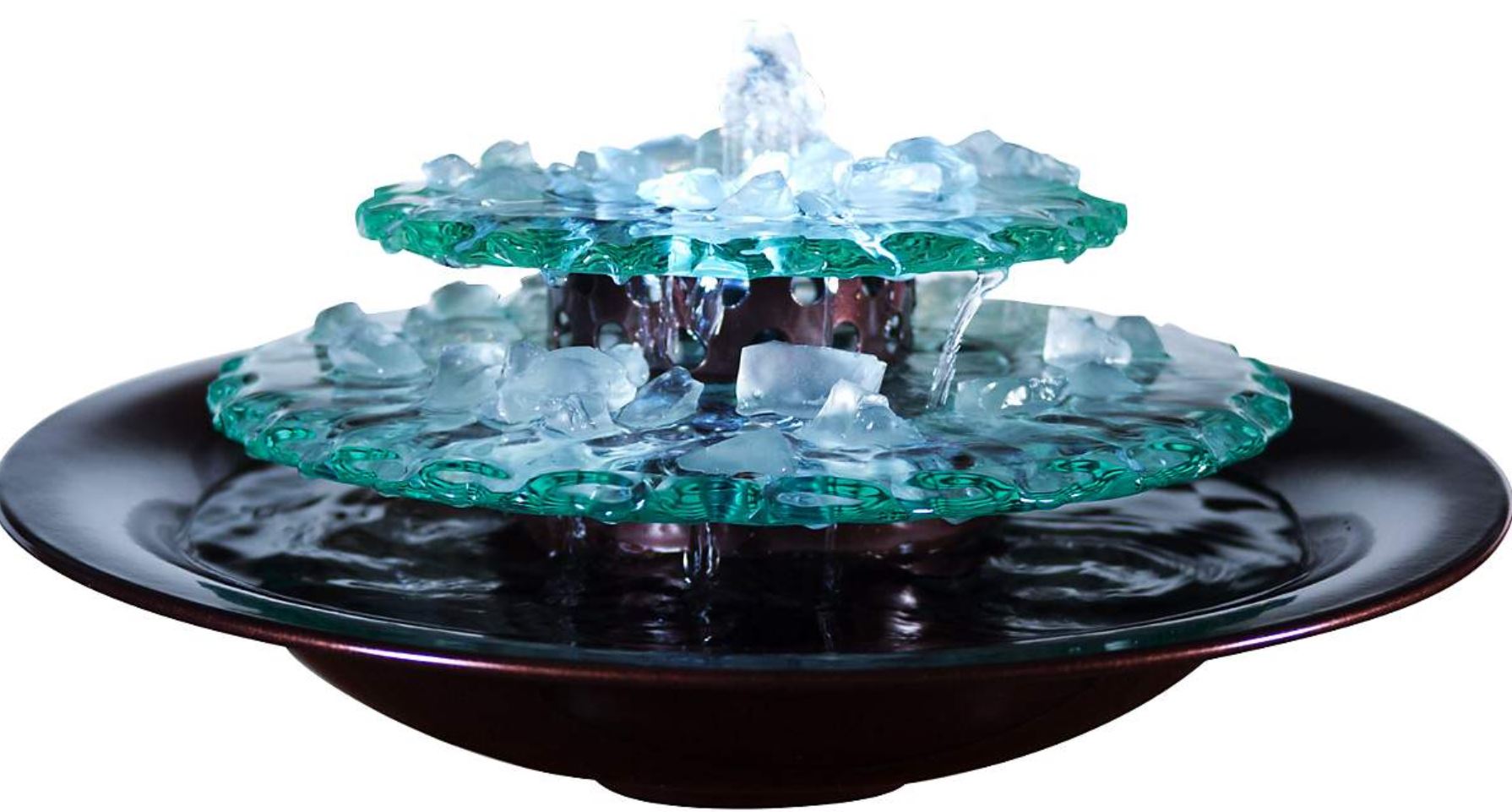Understanding What Water Features Are And How They Can Be Used To Enhance Your Landscape
Feb 11, 2017 08:30
Water features are design elements that are used to add visual interest and serenity to an outdoor space. They range in size from small table top fountains all the way up to large ponds or waterfalls.

Best of all, installing these fountains is incredibly easy. In most cases, all that you have to do is plug them into an electrical outlet. If you want an even larger impact, you can group multiple fountains together to create the illusion of a larger water feature.
Ponds are another type of water feature. They are obviously much larger than fountains. It makes sense, then, that they require a lot more planning. In order to keep the water in the pond fresh and clean, they rely on specialized pond liners and filtration equipment.
If you decide to install large water fountains, you may even want to think about adding live fish. Koi and goldfish can survive in ponds that are a few feet deep in mild climates. In colder climates, the pond will need to be even deeper in order to help them escape the freezing temperatures.
The plants that you place around the edge of the pond are another important consideration. They need to be well suited to wet environments. Plants such as taro or canna lilies tend to thrive in these environments.
Depending on the size of your pond, you may even be able to incorporate water plants into the design. For instance, water lilies or lotus flowers can both be beautiful additions to any outdoor pond. Likewise, water ferns are a beautiful choice. Just make sure that plants can't easily spread beyond your property since some of these species are considered invasive.
You can even use your water feature to draw wildlife into your yard. Frogs and birds are both attracted to water. You can encourage hummingbirds and other tiny creatures to visit your yard through the use of misters and carefully selected plants.
Water Feature Styles
If you don't have a large yard or don't have a lot of money to spend, you can still get a lot of bang for your buck by going with a small water feature. For instance, a table top fountain can create soothing water sounds that enhance your outdoor space. You can place these fountains on your patio, allowing you to enjoy the gentle sound of running water while you relax outdoors.Best of all, installing these fountains is incredibly easy. In most cases, all that you have to do is plug them into an electrical outlet. If you want an even larger impact, you can group multiple fountains together to create the illusion of a larger water feature.
Ponds are another type of water feature. They are obviously much larger than fountains. It makes sense, then, that they require a lot more planning. In order to keep the water in the pond fresh and clean, they rely on specialized pond liners and filtration equipment.
Incorporating Water Features Into Your Landscape
Choosing the right water feature is only half of the battle. You also need to find a way to incorporate it into your landscape so that it looks as if it belongs. When choosing a location for your water feature, think about the surrounding plants. Ideally, your water feature should not be located close to your garden or next to your lawn since the water could contain contaminants. Additionally, you should avoid placing it directly underneath trees or shrubs that could drop leaves or needles into the water. This will help make it much easier to keep your water feature clean.If you decide to install large water fountains, you may even want to think about adding live fish. Koi and goldfish can survive in ponds that are a few feet deep in mild climates. In colder climates, the pond will need to be even deeper in order to help them escape the freezing temperatures.
The plants that you place around the edge of the pond are another important consideration. They need to be well suited to wet environments. Plants such as taro or canna lilies tend to thrive in these environments.
Depending on the size of your pond, you may even be able to incorporate water plants into the design. For instance, water lilies or lotus flowers can both be beautiful additions to any outdoor pond. Likewise, water ferns are a beautiful choice. Just make sure that plants can't easily spread beyond your property since some of these species are considered invasive.
You can even use your water feature to draw wildlife into your yard. Frogs and birds are both attracted to water. You can encourage hummingbirds and other tiny creatures to visit your yard through the use of misters and carefully selected plants.







































































